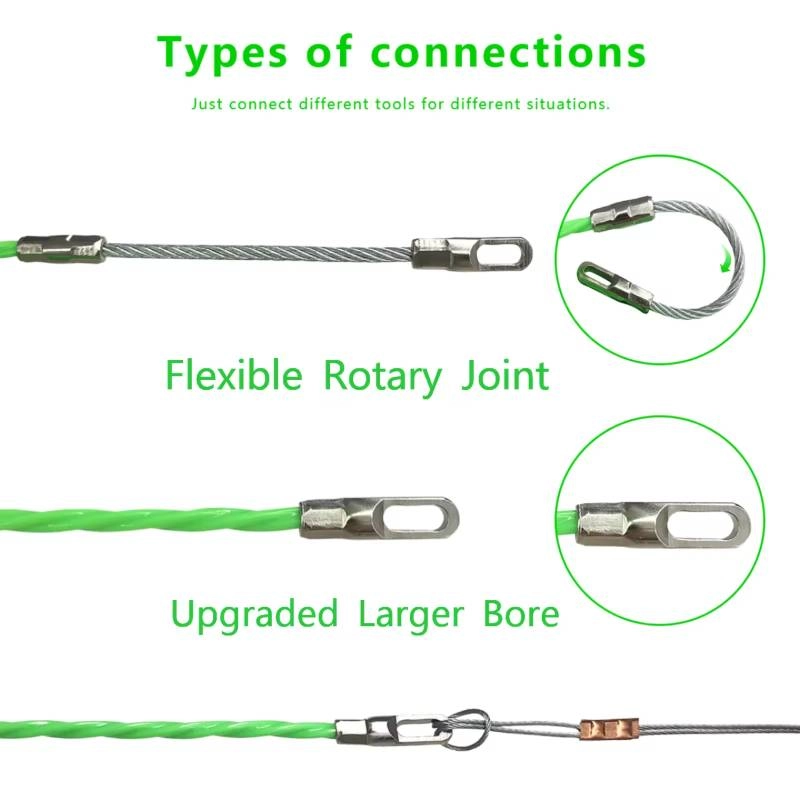
-
 Afrikaans
Afrikaans -
 Albanian
Albanian -
 Amharic
Amharic -
 Arabic
Arabic -
 Armenian
Armenian -
 Azerbaijani
Azerbaijani -
 Basque
Basque -
 Belarusian
Belarusian -
 Bengali
Bengali -
 Bosnian
Bosnian -
 Bulgarian
Bulgarian -
 Catalan
Catalan -
 Cebuano
Cebuano -
 Corsican
Corsican -
 Croatian
Croatian -
 Czech
Czech -
 Danish
Danish -
 Dutch
Dutch -
 English
English -
 Esperanto
Esperanto -
 Estonian
Estonian -
 Finnish
Finnish -
 French
French -
 Frisian
Frisian -
 Galician
Galician -
 Georgian
Georgian -
 German
German -
 Greek
Greek -
 Gujarati
Gujarati -
 Haitian Creole
Haitian Creole -
 hausa
hausa -
 hawaiian
hawaiian -
 Hebrew
Hebrew -
 Hindi
Hindi -
 Miao
Miao -
 Hungarian
Hungarian -
 Icelandic
Icelandic -
 igbo
igbo -
 Indonesian
Indonesian -
 irish
irish -
 Italian
Italian -
 Japanese
Japanese -
 Javanese
Javanese -
 Kannada
Kannada -
 kazakh
kazakh -
 Khmer
Khmer -
 Rwandese
Rwandese -
 Korean
Korean -
 Kurdish
Kurdish -
 Kyrgyz
Kyrgyz -
 Lao
Lao -
 Latin
Latin -
 Latvian
Latvian -
 Lithuanian
Lithuanian -
 Luxembourgish
Luxembourgish -
 Macedonian
Macedonian -
 Malgashi
Malgashi -
 Malay
Malay -
 Malayalam
Malayalam -
 Maltese
Maltese -
 Maori
Maori -
 Marathi
Marathi -
 Mongolian
Mongolian -
 Myanmar
Myanmar -
 Nepali
Nepali -
 Norwegian
Norwegian -
 Norwegian
Norwegian -
 Occitan
Occitan -
 Pashto
Pashto -
 Persian
Persian -
 Polish
Polish -
 Portuguese
Portuguese -
 Punjabi
Punjabi -
 Romanian
Romanian -
 Russian
Russian -
 Samoan
Samoan -
 Scottish Gaelic
Scottish Gaelic -
 Serbian
Serbian -
 Sesotho
Sesotho -
 Shona
Shona -
 Sindhi
Sindhi -
 Sinhala
Sinhala -
 Slovak
Slovak -
 Slovenian
Slovenian -
 Somali
Somali -
 Spanish
Spanish -
 Sundanese
Sundanese -
 Swahili
Swahili -
 Swedish
Swedish -
 Tagalog
Tagalog -
 Tajik
Tajik -
 Tamil
Tamil -
 Tatar
Tatar -
 Telugu
Telugu -
 Thai
Thai -
 Turkish
Turkish -
 Turkmen
Turkmen -
 Ukrainian
Ukrainian -
 Urdu
Urdu -
 Uighur
Uighur -
 Uzbek
Uzbek -
 Vietnamese
Vietnamese -
 Welsh
Welsh -
 Bantu
Bantu -
 Yiddish
Yiddish -
 Yoruba
Yoruba -
 Zulu
Zulu


Sep . 15, 2024 16:01 Back to list
cable gripping tool
Understanding the Cable Gripping Tool A Vital Asset for Professionals
In today’s fast-paced world of electrical and telecommunications installations, the need for reliable tools is paramount. Among these essential tools is the cable gripping tool, designed specifically to facilitate the handling and installation of various types of cables without causing damage or strain to the wires. This article explores the significance, types, and advantages of cable gripping tools for professionals in the field.
Importance of Cable Gripping Tools
Cable gripping tools are indispensable in operations where heavy cables must be installed or maneuvered. These tools prevent cable damage, ensuring that the integrity of the cables remains intact throughout the installation process. When dealing with electrical or communication lines, any damage can lead to costly repairs, downtime, or safety hazards. Therefore, using a cable gripping tool is not just about convenience; it’s a matter of safety and operational efficiency.
Types of Cable Gripping Tools
There are several types of cable gripping tools available, each tailored for specific uses
1. Cable Pulling Grips These grips are designed to help in pulling cables through conduits and other confined spaces. They provide a firm hold on the cable without puncturing the insulation, which is crucial for maintaining the cable's performance.
2. Adjustable Cable Grips These grips can be adjusted to accommodate different cable sizes and types, offering versatility in various installation scenarios.
3. Lifting Grips Ideal for lifting heavy cables, these grips often feature a unique design that securely holds the cable while enabling workers to raise it into position without risk of slippage.
cable gripping tool

4. Self-Locking Grips These grips automatically tighten as tension is applied, providing a secure hold without the need for manual adjustment, making them particularly useful in fast-paced environments.
Advantages of Using Cable Gripping Tools
1. Safety The use of cable gripping tools significantly minimizes the risk of injuries associated with lifting and handling heavy cables. Workers can maintain better control, reducing the likelihood of accidents.
2. Efficiency By providing a secure grip, these tools enable faster installation and handling. Professionals can save time and effort, allowing for greater productivity in their work routines.
3. Cable Integrity With a proper grip, the risk of damaging cable insulation or internal components is substantially lowered, ensuring the longevity and performance of the cables are preserved.
4. Versatile Applications Cable gripping tools are suitable for various industries, including telecommunications, electrical engineering, and construction, making them a valuable addition to any toolbox.
Conclusion
In summary, cable gripping tools play a critical role in the effective handling and installation of cables. With various types available, they cater to diverse needs across multiple industries. By investing in high-quality cable gripping tools, professionals can enhance safety, improve efficiency, and ensure the integrity of their cable installations. As technology advances, these tools continue to evolve, promising even greater capabilities for future applications.
Latest news
What Are Construction Tools and How Are They Used?
NewsJul.11,2025
Professional-Grade Duct Rodding Tools for Superior Cable Installation
NewsJul.11,2025
Enhancing Safety and Efficiency with Modern Hot Stick Solutions
NewsJul.11,2025
Empowering Cable Installation with Advanced Rodder Solutions
NewsJul.11,2025
Elevate Your Cable Installation Projects with Cable Pulling Tools
NewsJul.11,2025
Efficient Cable Handling Solutions: Cable Rollers for Sale
NewsJul.11,2025











